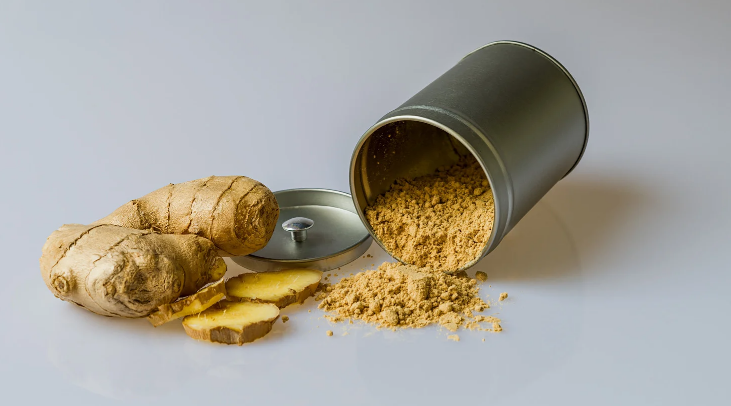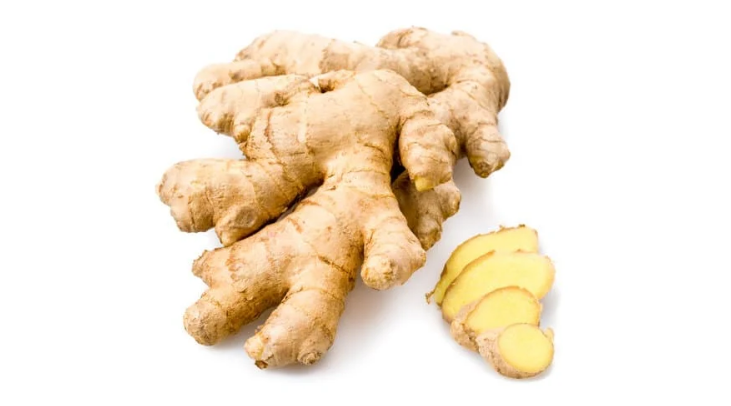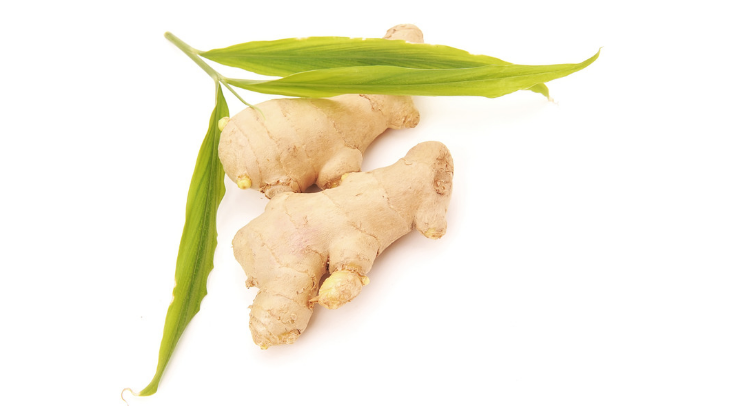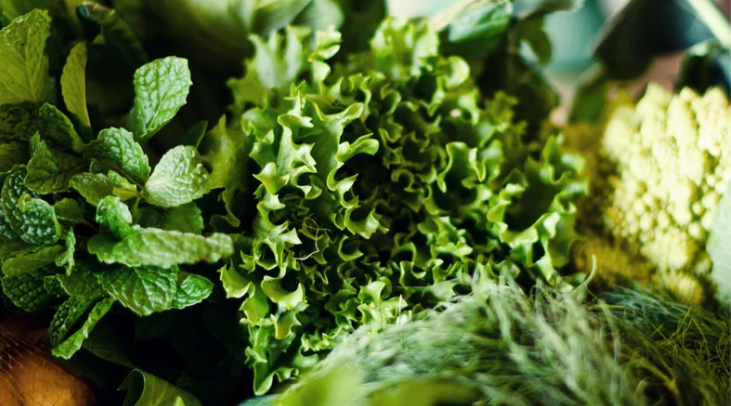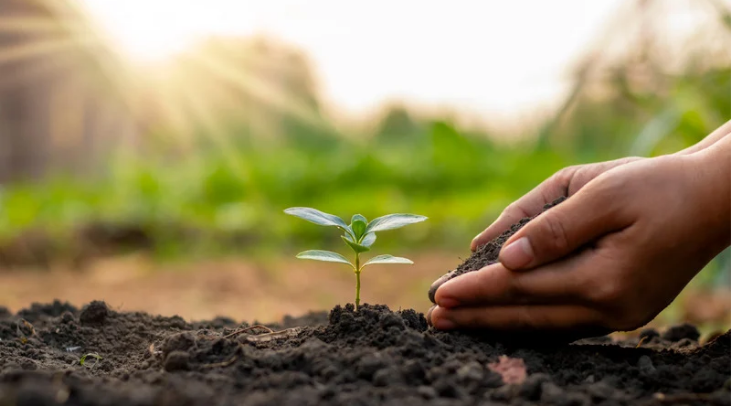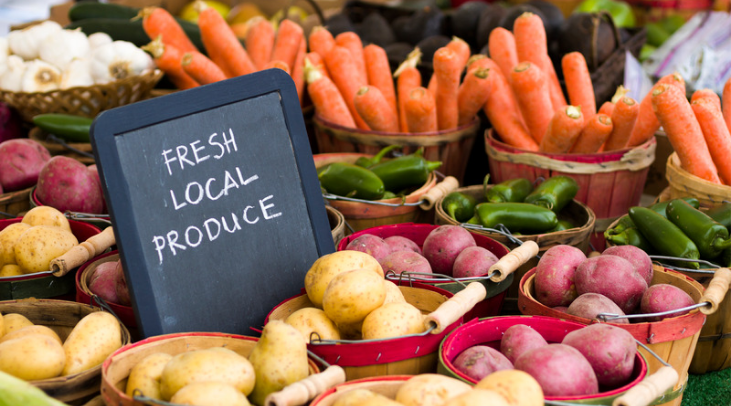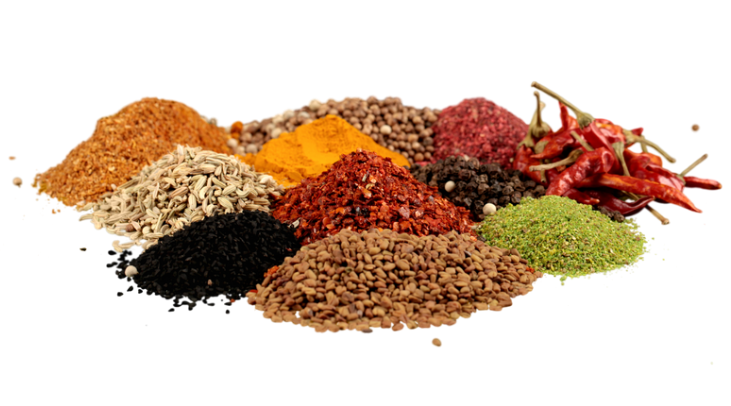7 Incredible flavor Ways Ginger Shapes Culinary Traditions Around the World
Ginger, with its unique aromatic flavor, slightly spicy, and warm flavor, holds a prominent place in culinary traditions across the globe. Revered not only for its distinctive taste but also for its health benefits, this humble root has traveled across continents, seamlessly integrating into diverse cuisines. Its versatility allows it to shine in sweet, savory, and even medicinal recipes, making it an indispensable ingredient in many cultures. Let us explore how ginger is celebrated in various culinary traditions around the world with freshhly picked. 1. Ginger in Asian Cuisine: A Flavorful Staple Asia is the birthplace of ginger, and it remains a cornerstone of its culinary traditions. In Indian kitchens, ginger is paired with garlic to form the base of curries, lentils, and marinades. The spicy warmth of ginger balances the heat of chilies and the richness of ghee, making it a vital ingredient in dishes like chicken tikka masala and chai tea.In China, ginger is a key flavor enhancer in stir-fries, soups, and sauces. It is often thinly sliced or grated to add a zesty kick to dishes like ginger-soy glazed fish or hot and sour soup. The Chinese also use ginger to flavor medicinal teas, revered for their ability to soothe colds and improve digestion.Japan uses ginger in both pickled and fresh forms. Pickled ginger, or gari, is served alongside sushi to cleanse the palate between bites, while fresh ginger is used in stir-fried dishes and broths. Similarly, Korean cuisine incorporates ginger into marinades for barbecued meats, such as bulgogi, and spicy stews like kimchi jjigae. 2. Ginger in Middle Eastern and African Traditions In Middle Eastern cuisine, ginger is often combined with other warm spices like cinnamon, cloves, and cardamom to create rich, aromatic dishes. It is a key component in spice blends like baharat and ras el hanout, which flavor stews, rice dishes, and roasted meats. In beverages, ginger tea or ginger-infused coffee is a comforting treat.In African cuisines, ginger is frequently used in soups and stews to enhance the flavor of hearty ingredients like yams, plantains, and lentils. It is also a popular ingredient in spiced drinks like hibiscus ginger tea or ginger beer, enjoyed across West and East Africa. Its bold flavor complements the vibrant, earthy notes of African cooking. 3. Ginger in European Cooking: A Touch of Spice While ginger might not be as dominant in European cuisines as in Asia, it still plays a vital role, especially in desserts and holiday recipes. In England, gingerbread cookies, cakes, and puddings are iconic treats during Christmas. Ginger’s warmth pairs beautifully with molasses and cinnamon, evoking festive cheer.German lebkuchen and Scandinavian ginger snaps are other classic examples of ginger-spiced baked goods. These traditional treats often feature a blend of ginger, nutmeg, and cloves to create rich, aromatic desserts that have been enjoyed for centuries. Ginger is also used in European beverages like mulled wine, where it infuses warmth into the drink alongside spices like star anise and orange peel. 4. Ginger in Caribbean and Latin American Cuisine The Caribbean islands embrace ginger in both savory and sweet recipes. It is a star ingredient in Jamaican jerk seasoning, adding a spicy and aromatic kick to grilled meats and seafood. Ginger beer, often homemade, is a beloved beverage in the region, offering a refreshing and tangy flavor.In Latin American cooking, ginger is used sparingly but effectively. For example, it features in marinades for meats and fish or in spiced desserts like arroz con leche (rice pudding). Its use in traditional medicinal drinks, such as ginger tea infused with lemon and honey, is also common in many Latin American households. 5. Ginger in Western Fusion Cuisine Modern culinary trends have seen ginger crossing borders and adapting to fusion recipes. In Western cuisine, it has found its way into smoothies, cocktails, and health-focused dishes. Ginger-infused dressings, soups, and desserts like ginger crème brûlée or ginger chocolate truffles are now commonplace in high-end restaurants and home kitchens alike. Its versatility allows chefs to experiment and create innovative dishes that blend tradition with modernity. 6. Ginger as a Global Healer Beyond its culinary uses, ginger is globally celebrated for its medicinal properties. It is widely used to relieve nausea, reduce inflammation, and boost immunity. This dual role as both a spice and a healer has further cemented its place in kitchens worldwide. From ginger shots in trendy cafes to traditional herbal concoctions in Asia and Africa, its health benefits are universally appreciated. Ginger’s culinary journey across the globe showcases its incredible adaptability and cultural significance. Whether it’s simmering in an Indian curry, spicing up a Jamaican marinade, or adding warmth to a European holiday dessert, ginger continues to connect cultures through its rich flavors and health benefits. Its unique ability to enhance both sweet and savory dishes makes it a true global treasure. As you explore different cuisines, don’t hesitate to experiment with ginger in your own kitchen. Whether grated fresh, pickled, or ground into powder, this remarkable root is sure to elevate your culinary creations while offering a taste of tradition from around the world.
7 Incredible flavor Ways Ginger Shapes Culinary Traditions Around the World Read More »

